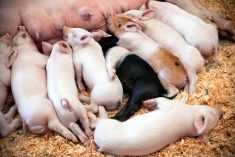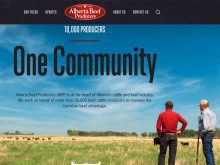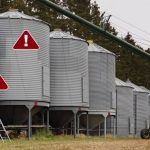RED DEER – Canada needs a plan to handle the humane slaughter of animals in the event of a contagious disease that halts trade.
The Canadian Animal Health Coalition is urging producers to develop biosecurity standards for their farms as well as emergency response plans.
The Canadian Food Inspection Agency is prepared for an emergency but producers are not, said Matt Taylor of the coalition.
“Some operators could be out of business right away,” Taylor said in an interview at the Alberta Farm Animal Care conference in Red Deer.
Read Also

First-time pig mothers may need more lysine
Lysine feed recommendations may fall short for gilt pregnancies when it comes to making sure the mother pig can produce as much milk for her piglets as possible
The coalition wants a written industry policy for how livestock producers will handle emergencies.
The coalition has applied for a $1.4 million grant through the Canadian Adaptation and Rural Development program to develop a policy and gather information on likely diseases.
Beef and pork sales would be most affected.
“If Canada had an outbreak of foot-and-mouth, there isn’t going to be much of a market,” he said.
“We’re producing well over double what we need. All of a sudden if we’ve got to absorb all that within our own country? That would create a real major market crash,” said Taylor.
These costs include the ability to pay operating loans based on the value of inventory, and the expense of feeding animals for a quarantine period of up to a year.
About six percent of the livestock lost in an epidemic would die from disease. The other 94 percent would be slaughtered because there would be no market for them.
Government provides compensation to people whose animals are ordered destroyed, but there is no coverage for those that are humanely slaughtered.
The coalition is also urging the federal government to move forward with plans to divide Canada into animal health zones.
Zoning must be implemented to keep borders open and allow animal movement to continue in the event of a serious animal disease. If disease is discovered in one part of a province, it could cause the entire country to be quarantined.
The coalition estimates Canada could suffer losses of $30 billion if a disease like foot-and-mouth swept through the livestock industry. Loss of international trade would be the most serious because it would prohibit movement of all commodities as well as restrict tourism.















